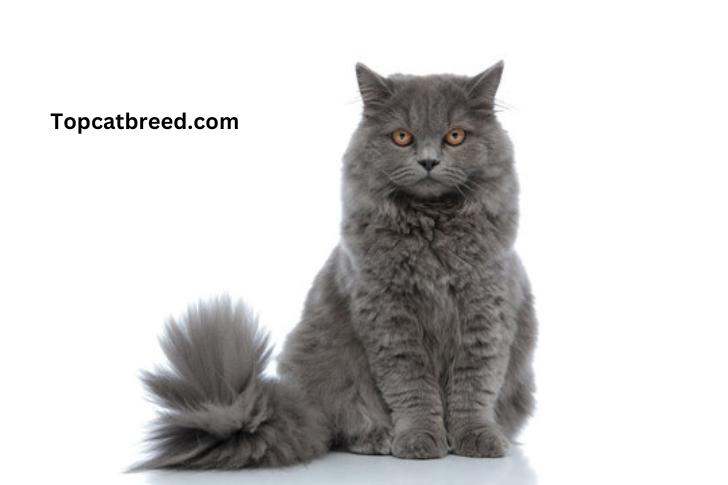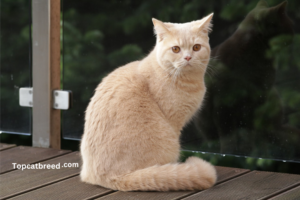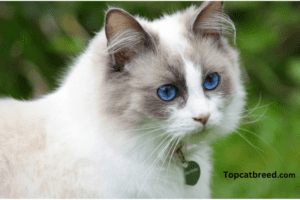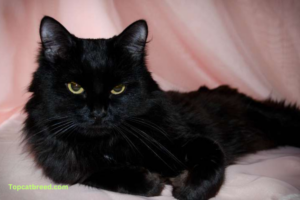| OFFICIAL NAME | British Longhair |
|---|---|
| WEIGHT | 9 TO 18 POUNDS |
| HEIGHT | 12 to 14 inches |
| LIFESPAN | 12 to 15 years |
| TEMPERAMENT | Affectionate but doesn’t enjoy being picked up, happy spending time on their own, laidback and tolerant |
| COLORS | black / ebony, blue / gray, chocolate / brown / sable, cinnamon, cream / beige / tan, fawn, lavender / silver, lilac, red / orange, whit |
| GOOD FOR | cats, children, dogs, families, seniors |
| SUITABLE FOR | Families seeking a social and independent cat that gets along with kids and other animals |
| INTELLIGENCE | High |
| APPEARANCE | Luxurious silky coat with 300+ colors and patterns, rounded physique, striking eye colors |
The British Longhair cat breed, known for its exquisite appearance and charming personality, boasts a luxurious silky coat that comes in a stunning array of over 300 colors and patterns. Originating from the British Shorthair, this relatively modern breed captures hearts with its serene, adaptable, and friendly demeanor. Recognized by TICA in 2009, these cats carry a captivating history, tracing their roots back to British Shorthairs and overcoming the trials of World Wars.
Despite their rich history, British Longhairs have recently gained acclaim, drawing attention for their composed nature, mesmerizing eye shades, and a fondness for staying close to the ground. Whether you’re captivated by their striking appearance, tranquil temperament, or unique journey, the British Longhair cat breed offers much to those seeking an affectionate feline companion.. Explore the distinct characteristics, care needs, and fascinating history of the British Longhair in this comprehensive guide.
History of British longhair
The British Longhair, a captivating ,cat breed has a fascinating history rooted in its ancestry. It emerged as a cross between British Shorthairs, showcasing a unique evolution over the century. The breed’s journey began during the challenges of both World Wars, where it faced adversity but endured. Notably, it gained recognition from TICA in 2009. Resilience, flexibility, and the preservation of unique qualities are all evident throughout this voyage. The British Longhair, descended from British Shorthairs, has developed in a distinctive way to become a respected and adored breed today.
Appearance
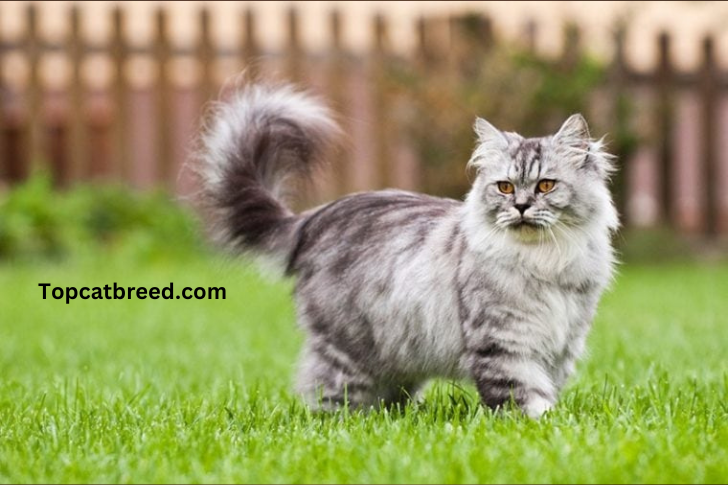
Enter the captivating realm of the British Longhair, where beauty is revealed beyond TICA awards. These gorgeous cats are more than simply a breed; their silky coats, which are painted in more than 300 colors and patterns, make them a visual feast. Imagine a companion animal that is robust and round in shape, a reference to their British Shorthair ancestry. What sets them aglow are their eyes—golden, emerald, or blue, each telling a story.
But it’s not just about looks. The British Longhair embodies a down-to-earth vibe, literally. They prefer staying close to the ground, adding a dash of calm dignity to their personality. This unique trait goes beyond appearances; it’s a commitment to an easygoing elegance. The recognition they earned isn’t a label; it’s a cheer for their inherent charm. For those craving an affectionate and distinctive feline buddy, the British Longhair beckons.
Their journey has been one of flexibility and resilience, which sets them apart from other cat breeds as you read their tale. The British Longhair is a companion that infuses your surroundings with a hint of magic, not just a lovely face..
Their mesmerizing coat, available in a myriad of colors and patterns, is a testament to their uniqueness. The rounded and robust physique, inherited from their British Shorthair ancestors, adds to their visual appeal. Beyond their appearance, their eyes, ranging from golden to emerald and blue, serve as windows to their captivating personalities.
This breed’s preference for staying close to the ground imparts a serene dignity, making them not just visually charming but wonderfully grounded in demeanor. The appreciation they’ve received goes beyond simple recognition—rather, it’s a celebration of their charming qualities. The British Longhair cat awaits the opportunity to work magic in your life. It is more than just a simple feline.
Temperament
These adorable British Longhair cats are as sweet as they look, showcasing a gentle and calm nature with remarkable tolerance. Often dubbed as “couch potatoes” due to their laid-back demeanor, these felines engage in playful activities but generally have a lower activity level than most cat breeds, preferring extended periods of rest, especially as they age.
Beneath their soft exterior lies a reservoir of intelligence, sociability, and abundant affection. Loyalty is a defining feature, forming robust connections with their human companions. British Longhairs seamlessly adapt to diverse environments, showcasing a harmonious blend of independence and a penchant for social engagement. In their role as “private investigators,” these curious cats bring a touch of amusement to daily life, exploring personal items and keenly observing their surroundings.
These affectionate felines effortlessly integrate into family dynamics, displaying admirable tolerance for children while expressing a preference for ground-level interactions. Parents find joy in guiding little ones to engage with these charming cats. With their unique mix of sweetness, intelligence, and social grace, British Longhairs become not just pets but cherished members of the household, adding a touch of warmth and character to every moment.
Also Read. Short hair Maine coon all details and characteristics
Living Needs
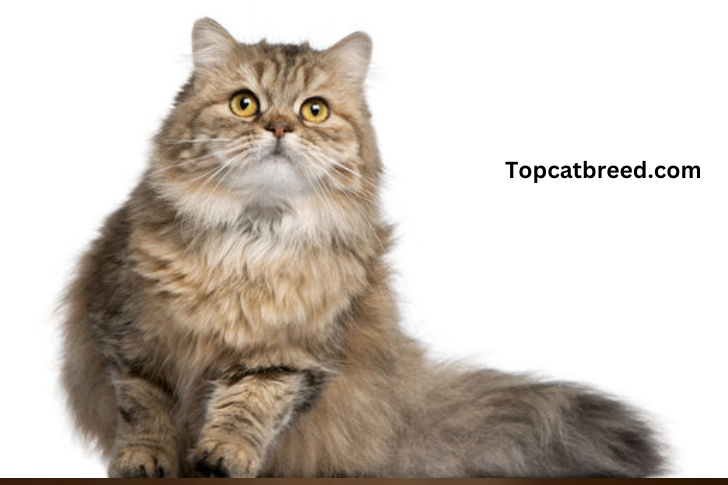
To make sure your British Longhair feels right at home, it’s essential to meet their specific living needs. These sweet-natured cats thrive in places that offer a mix of peace and play. Surprisingly, despite their plush appearance, British Longhairs don’t need a huge living space and can adapt well to apartment living.
Creating a happy home involves understanding their need for mental stimulation. Keep them entertained with toys and regular playtime to satisfy their playful side. Although they’re generally calm, these kitties enjoy a bit of activity to keep them content.
Mental stimulation, is crucial for these intelligent felines. Engage them in regular play sessions with toys to cater to their playful instincts. While generally calm, British Longhairs appreciate activities that keep them entertained and mentally engaged.
Grooming
Grooming plays a crucial role in maintaining the beauty of their luxurious coats Frequent brushing reduces shedding and stops matting, ideally a few times each week. When grooming routines are introduced to cats at an early age, they will grow acclimated to the experience, which will benefit both the cat and the owner.
It’s also crucial to take good care of their opulent coat. Brush your British Longhair a couple of times a week to minimize shedding and avoid tangles. They will probably consider grooming as a pleasurable experience if you begin at a young age.
Another area that needs focus is nutrition. Although they don’t have any particular nutritional needs, British Longhairs benefit from a balanced diet full of premium proteins and vital elements for good general health. Keeping an eye on their weight and limiting their intake of sweets is essential, given their tendency to put on weight.
The circle of care for these fascinating cats is completed with regular veterinary checkups and the creation of a cozy and secure environment in your house. You can create a loving atmosphere for your British Longhair to thrive and contribute joy to your house by being aware of and attending to their basic requirements.
Care
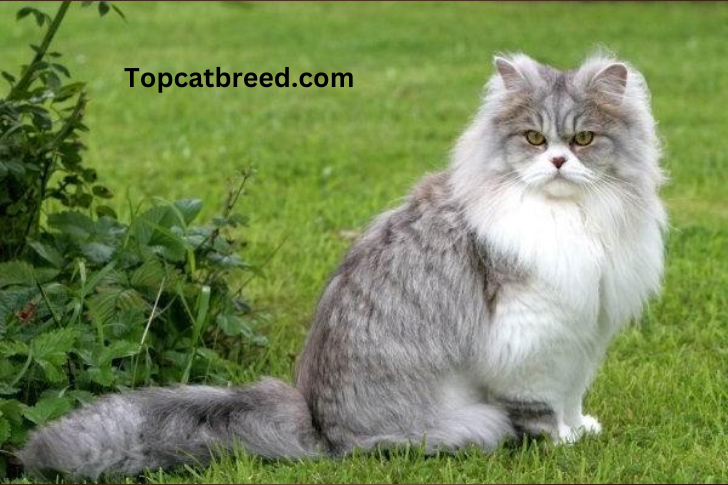
Ensuring the well-being of your British Longhair involves dedicated attention to their grooming needs. With their distinctive long fur, it’s vital to brush them gently a few times a week using a soft bristle brush. Despite their ability to self-groom, their inclination to ingest hair requires regular brushing or the use of hairball relief treatments.
Given the British Longhair’s penchant for a relaxed lifestyle, it’s important to actively promote physical activity. Integrate play sessions, offer cat trees for climbing, and provide interactive toys for mental stimulation. Daily exercise is particularly crucial due to their tendency to gain weight as they age.
Maintaining an optimal weight is a key focus, especially considering their reduced activity levels as adults. Dr. Natalie L. Marks underscores the significance of daily exercise to ward off obesity. British Longhairs, recognized for their intelligence, are quick learners for basic tasks such as using a litter box or a scratching post. Treats can be effective rewards, and with the right encouragement, they may even master entertaining tricks.
Socialization is a natural forte for this amiable breed. Early exposure to people and other pets ensures their affable nature towards both familiar and unfamiliar faces. Regarding nutrition, choose premium cat food recommended by your veterinarian and give animal proteins top priority. Given their vulnerability to obesity, careful attention to what they eat is necessary.. By addressing these care aspects, you ensure a content and healthy life for your cherished British Longhair.
Health
British Longhair cats often live between 15 and 17 years of age, with regard to overall well-being. To secure their long-term welfare, it is imperative that they schedule regular veterinary checks and consistently heed professional recommendations. You significantly contribute to your beloved British Longhair companion’s long, healthy, and happy life by continuing to be watchful and proactive in your approach.
One notable aspect to be mindful of is the occurrence of health issues within the British Longhair breed. Although their vulnerabilities are in line with general feline health, responsible breeders actively engage in genetic health testing for conditions such as polycystic kidney disease (PKD). This proactive approach enables early detection and management, showcasing the commitment of breeders to the health of British Longhairs.
Veterinary expert Natalie L. Marks underscores the significance of DNA tests to assess PKD risk in the lineage’s parents. This modern diagnostic approach aligns with advancements in veterinary care, reinforcing breeders’ dedication to the comprehensive health of British Longhairs.
Facts about the British Longhair Cat

Family Roots: The British Longhair’s story starts with their family—the British Shorthairs. Born from crossbreeding during and after World Wars, these cats carry a unique mix of traits.
Late Recognition: Even though they’ve been around since the early 1900s, it took until 2009 for TICA to officially recognize British Longhairs. It’s a recent nod to their special qualities.
Eyes That Catch Attention: The breed’s eyes are a showstopper—round and shining in colors like gold, green, emerald, or blue. This pairs perfectly with their 300+ coat colors and patterns.
Down-to-Earth Style: Unlike bouncy cats, British Longhairs keep it low-key. They don’t jump much and aren’t fans of being lifted. Their vibe? Calm and collected.
Survivors with Style: Overcoming challenges, these cats prove their resilience. Their history isn’t just about being pets; it’s a tale of survival and elegance, making them unique companions.
FAQS
1-How much does a British Longhair cat cost?
A British Longhair cat can cost anything from $300 to $5,000. The price is influenced by variables like location, breeder repute, and pedigree.
2- Do British Longhair cats shed?
Yes, Longhair cats do indeed shed. To maintain their long, dense hair, avoid matting, and regulate shedding, regular grooming is necessary..
3-How big do British Longhair cats get?
The size of British Longhair cats ranges from medium to huge. Male adults usually weigh 13–18 pounds, and female adults normally weigh 8–12 pounds.
4- Are British Longhair cats intelligent?
Absolutely, British Longhair cats are intelligent. They exhibit problem-solving abilities and can be trained to perform various simple tasks.
5-Are British Longhair cats good with children?
Yes, British Longhair cats are generally good with children. They have a tolerant and gentle nature, but they prefer not to be picked up, so it’s advisable to teach children to interact with them on the floor.

